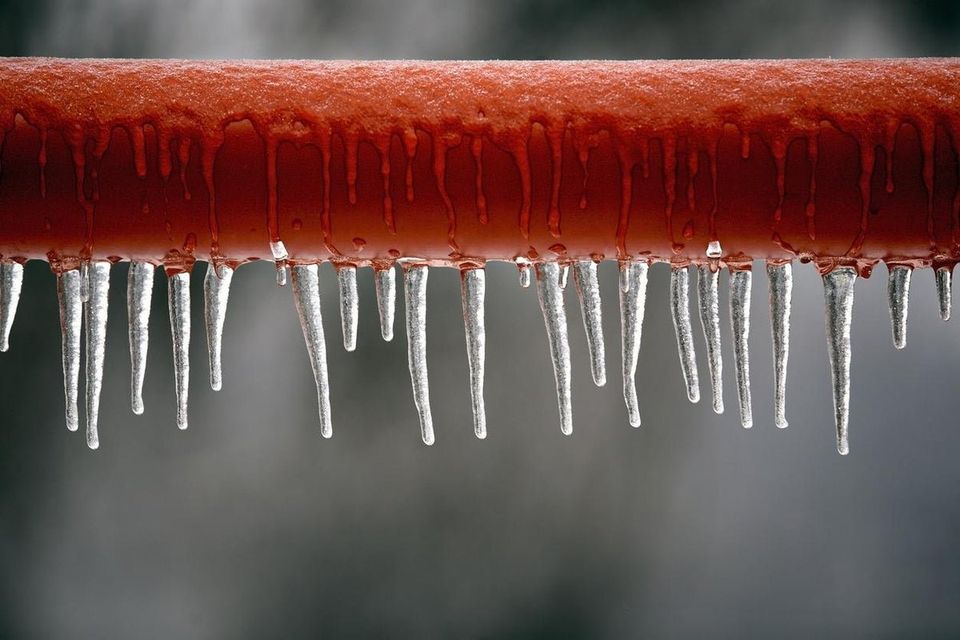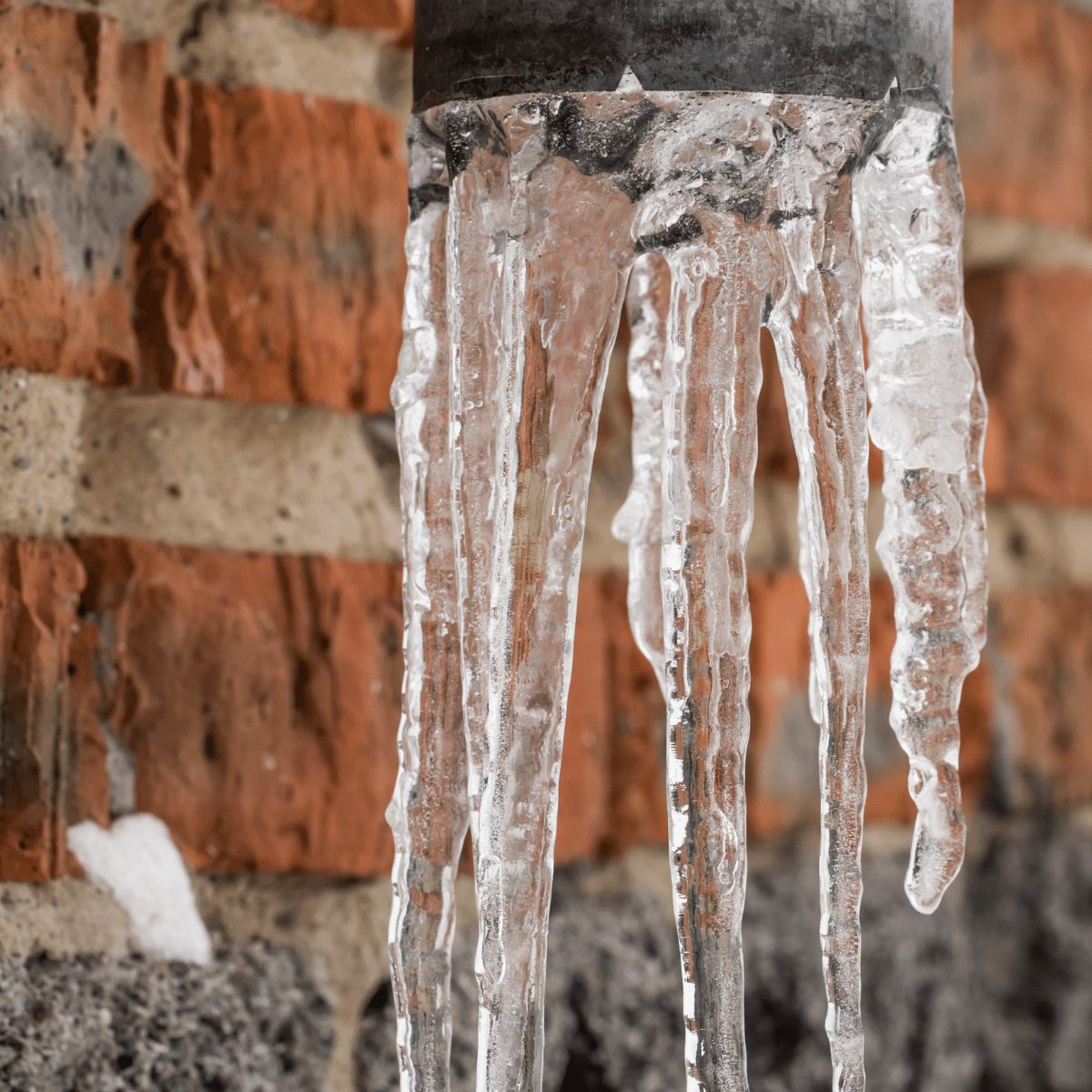Avoid Frozen Plumbing in Cold Weather: Pro Strategies
Avoid Frozen Plumbing in Cold Weather: Pro Strategies
Blog Article
We've found the article relating to How to prepare your home plumbing for winter weather listed below on the internet and believe it made good sense to talk about it with you on this site.

Cold weather can wreak havoc on your plumbing, particularly by freezing pipelines. Here's how to avoid it from taking place and what to do if it does.
Introduction
As temperatures drop, the danger of frozen pipelines boosts, potentially resulting in pricey fixings and water damages. Comprehending exactly how to prevent icy pipelines is important for property owners in cool climates.
Prevention Tips
Protecting prone pipelines
Wrap pipes in insulation sleeves or use warmth tape to shield them from freezing temperature levels. Focus on pipes in unheated or exterior areas of the home.
Home heating methods
Maintain indoor spaces properly warmed, particularly locations with plumbing. Open up cabinet doors to enable warm air to flow around pipes under sinks.
Exactly how to recognize frozen pipelines
Search for reduced water flow from taps, uncommon odors or noises from pipes, and noticeable frost on subjected pipelines.
Long-Term Solutions
Architectural modifications
Take into consideration rerouting pipes away from outside wall surfaces or unheated areas. Include added insulation to attics, cellars, and crawl spaces.
Updating insulation
Invest in top quality insulation for pipelines, attic rooms, and walls. Appropriate insulation aids maintain constant temperature levels and lowers the risk of frozen pipes.
Securing Exterior Plumbing
Garden hoses and outside faucets
Detach and drain garden hose pipes before wintertime. Mount frost-proof faucets or cover exterior faucets with protected caps.
Comprehending Icy Pipes
What triggers pipes to ice up?
Pipes freeze when exposed to temperature levels below 32 ° F (0 ° C) for expanded periods. As water inside the pipelines ices up, it broadens, taxing the pipe walls and potentially causing them to burst.
Dangers and damages
Frozen pipelines can bring about water supply disruptions, residential property damages, and expensive repairs. Ruptured pipelines can flood homes and cause extensive architectural damages.
Indicators of Frozen Water Lines
Recognizing icy pipelines early can stop them from breaking.
What to Do If Your Pipes Freeze
Immediate activities to take
If you presume icy pipelines, maintain taps available to relieve stress as the ice thaws. Use a hairdryer or towels soaked in warm water to thaw pipelines slowly.
Verdict
Avoiding icy pipelines calls for proactive steps and fast feedbacks. By comprehending the causes, indicators, and preventive measures, house owners can shield their plumbing during winter.
5 Ways to Prevent Frozen Pipes
Drain Outdoor Faucets and Disconnect Hoses
First, close the shut-off valve that controls the flow of water in the pipe to your outdoor faucet. Then, head outside to disconnect and drain your hose and open the outdoor faucet to allow the water to completely drain out of the line. Turn off the faucet when done. Finally, head back to the shut-off valve and drain the remaining water inside the pipe into a bucket or container. Additionally, if you have a home irrigation system, you should consider hiring an expert to clear the system of water each year.
Insulate Pipes
One of the best and most cost-effective methods for preventing frozen water pipes is to wrap your pipes with insulation. This is especially important for areas in your home that aren’t exposed to heat, such as an attic. We suggest using foam sleeves, which can typically be found at your local hardware store.
Keep Heat Running at 65
Your pipes are located inside your walls, and the temperature there is much colder than the rest of the house. To prevent your pipes from freezing, The Insurance Information Institute suggests that you keep your home heated to at least 65 degrees, even when traveling. You may want to invest in smart devices that can keep an eye on the temperature in your home while you’re away.
Leave Water Dripping
Moving water — even a small trickle — can prevent ice from forming inside your pipes. When freezing temps are imminent, start a drip of water from all faucets that serve exposed pipes. Leaving a few faucets running will also help relieve pressure inside the pipes and help prevent a rupture if the water inside freezes.
Open Cupboard Doors
Warm your kitchen and bathroom pipes by opening cupboards and vanities. You should also leave your interior doors ajar to help warm air circulate evenly throughout your home.

I discovered that piece of writing about How To Avoid Freezing Pipes while doing a lookup on the search engines. Sharing is caring. You won't know, you may very well be doing someone a favor. Thanks for your time. Revisit us soon.
Schedule And Pricing Report this page